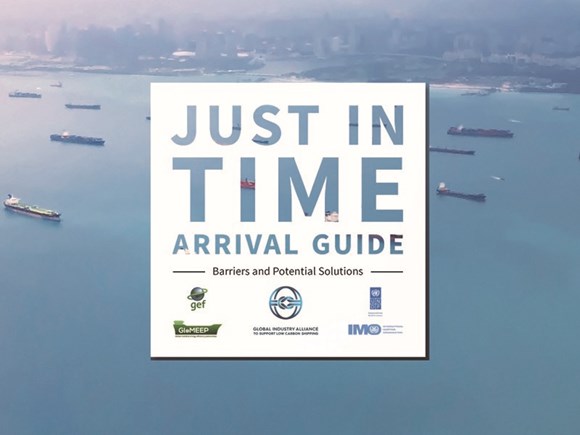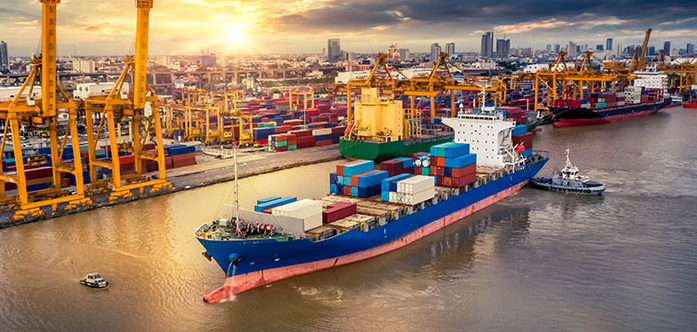The Global Industry Alliance has published its Just In Time Arrival Guide, providing port and shipping sectors with practical guidance on how to facilitate just-in-time arrivals and support smarter, more efficient movements with an emphasis on low carbon shipping.
The Guide has been developed based on research and discussion among members and lays out the findings of a series of industry roundtables that brought together nearly 50 companies and organizations who are key stakeholders in the port call process.
The Global Industry Alliance promotes just-in-time arrivals as a means of increasing port efficiency and port call optimization, with successful implementation of the planning said to represent a significant environmental impact through reduced GHG emissions from optimizing ships’ speed to arrive in their allotted time slots.
The concept is based on ships maintaining an optimal operating speed, to arrive at the Pilot Boarding Place when the availability is assured of berth, fairway and nautical services (pilots, tugs, linesmen). JIT Arrivals also contributes to reduced time at anchorage and therefore reduced congestion in the port area. It is estimated that ships spend up to 9% of their time waiting at anchorage, which could be reduced through the implementation of JIT Arrivals.
The Guide provides a holistic approach to JIT Arrivals, considering contractual aspects to its implementation as well as operational. The Guide is envisaged as a useful toolkit for many stakeholders including shipowners, ship operators, charterers, ship agents, shipbrokers, port authorities, terminals, and nautical and vessel service providers. All these actors ultimately play a key role in implementing the necessary changes and facilitating the exchange of communication required to realize JIT Arrivals.
The Guide considers in detail the port call business process, and how the exchange of key information and data that is required for JIT Arrivals can be improved. It highlights the need for harmonized standards, acceptable to the IMO, and their implementation by all stakeholders involved in the port call process.
The new Guide can be viewed here.




